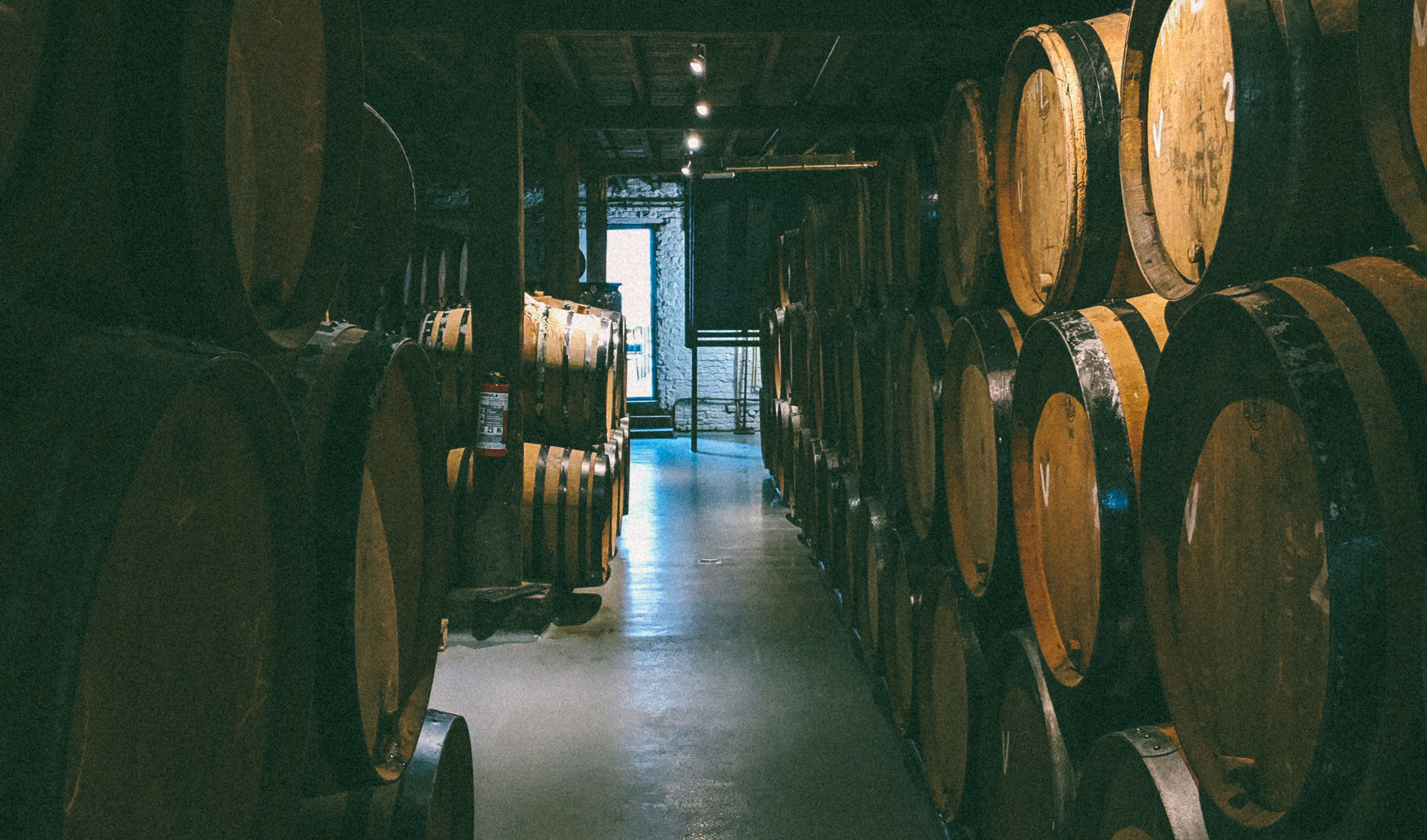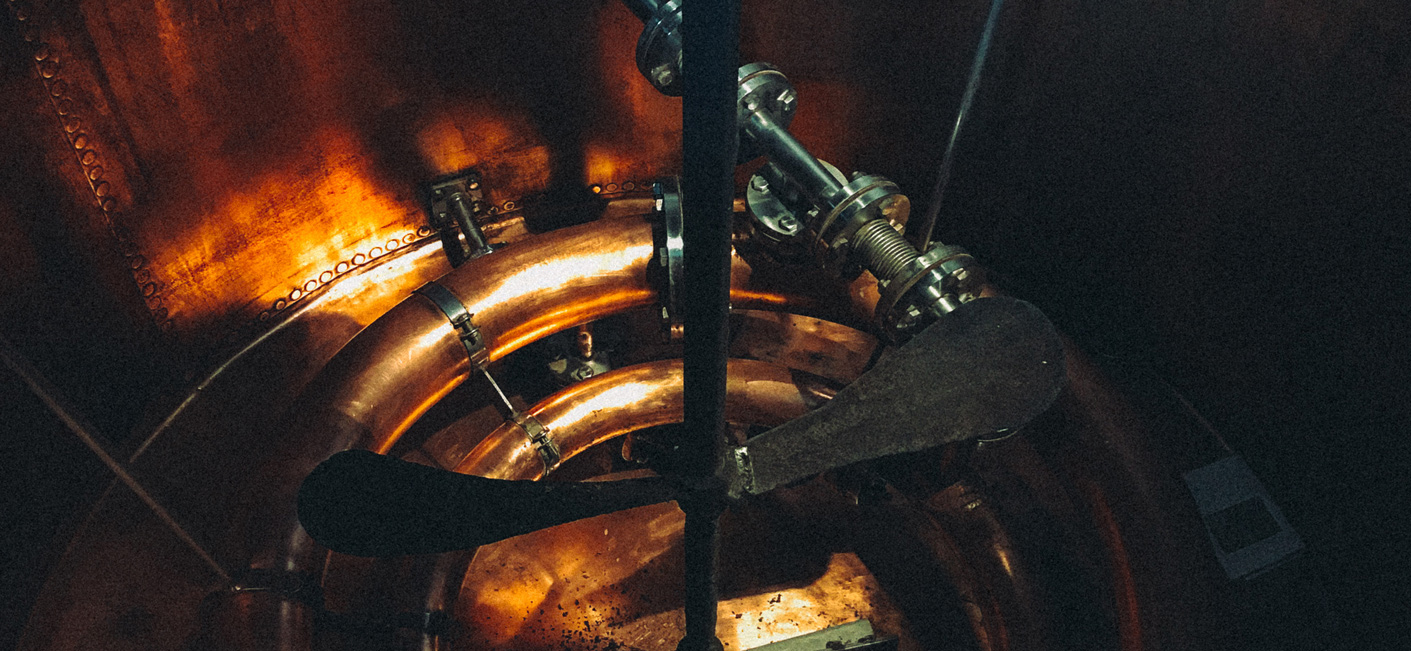

People always talk about Belgian beer. The variety, the sours, the craftsmanship — why?
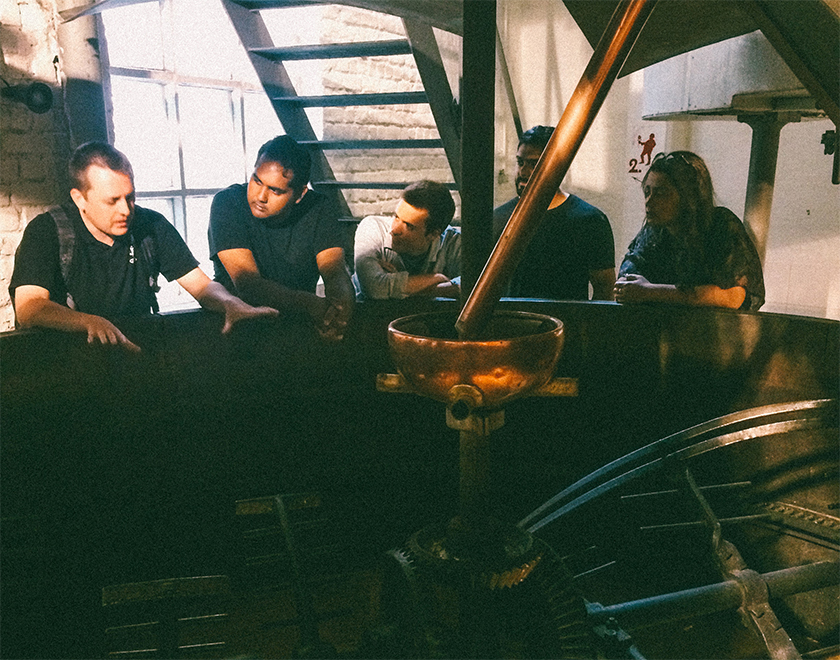
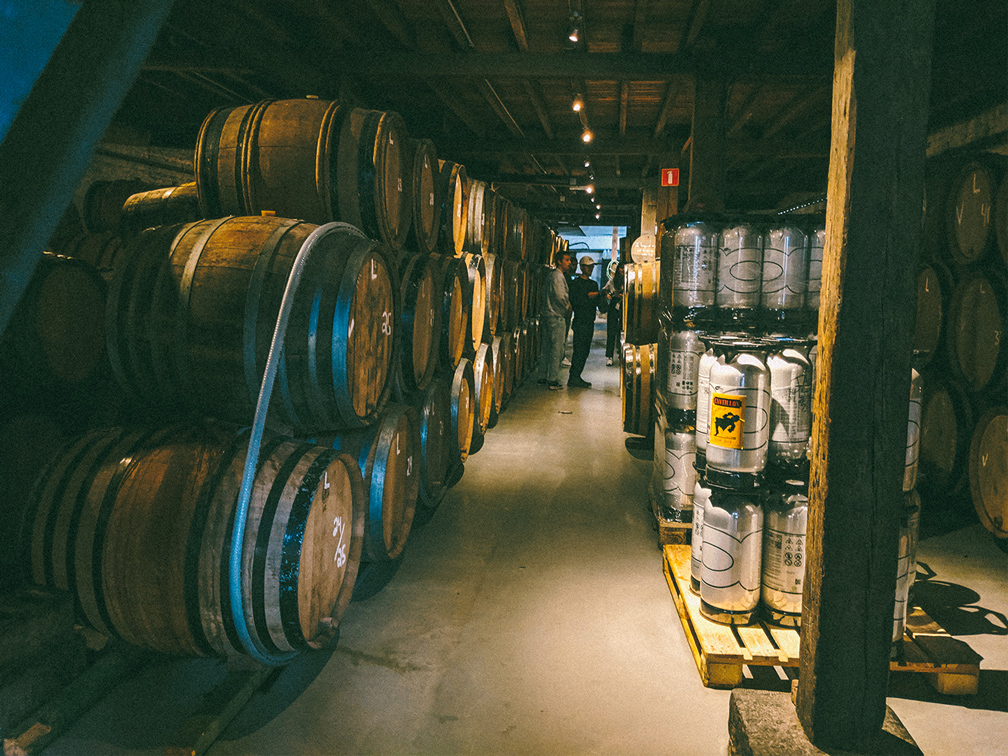
We went to Cantillon brewery, a facility that is equal parts 18th century historic building, museum, and operating brewery to find out.
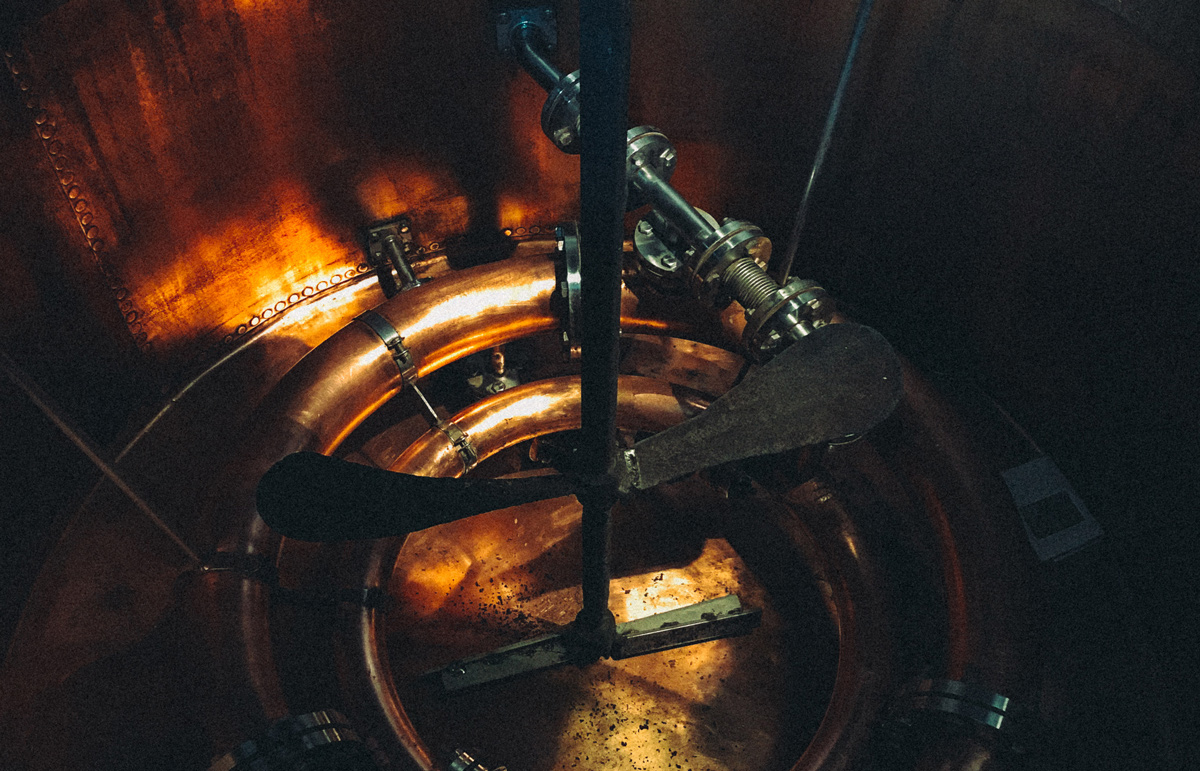
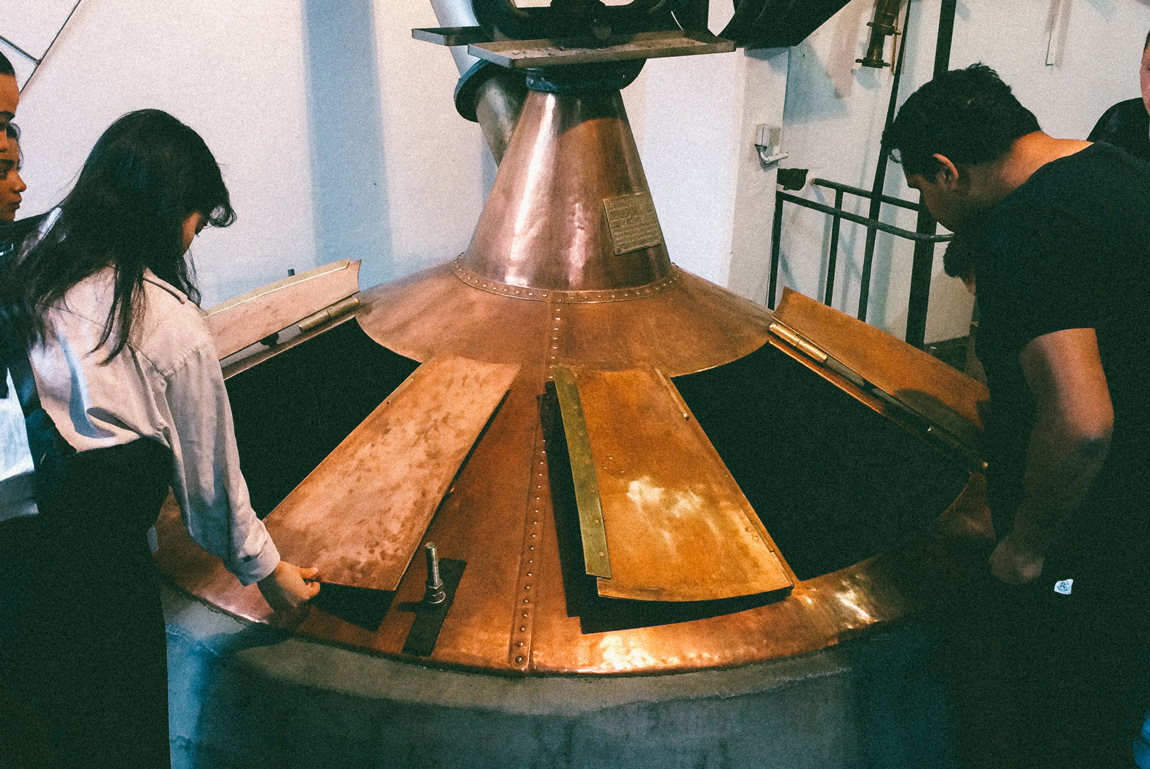
It is one of the few remaining breweries in Belgium that still brews “Lambic”, “Kriek”, and “Geuze” beers the traditional way. Interestingly, they do not add yeast. The yeast is baked into the wooden beams above the cooling vat and the ventilation circulates it into the beer.
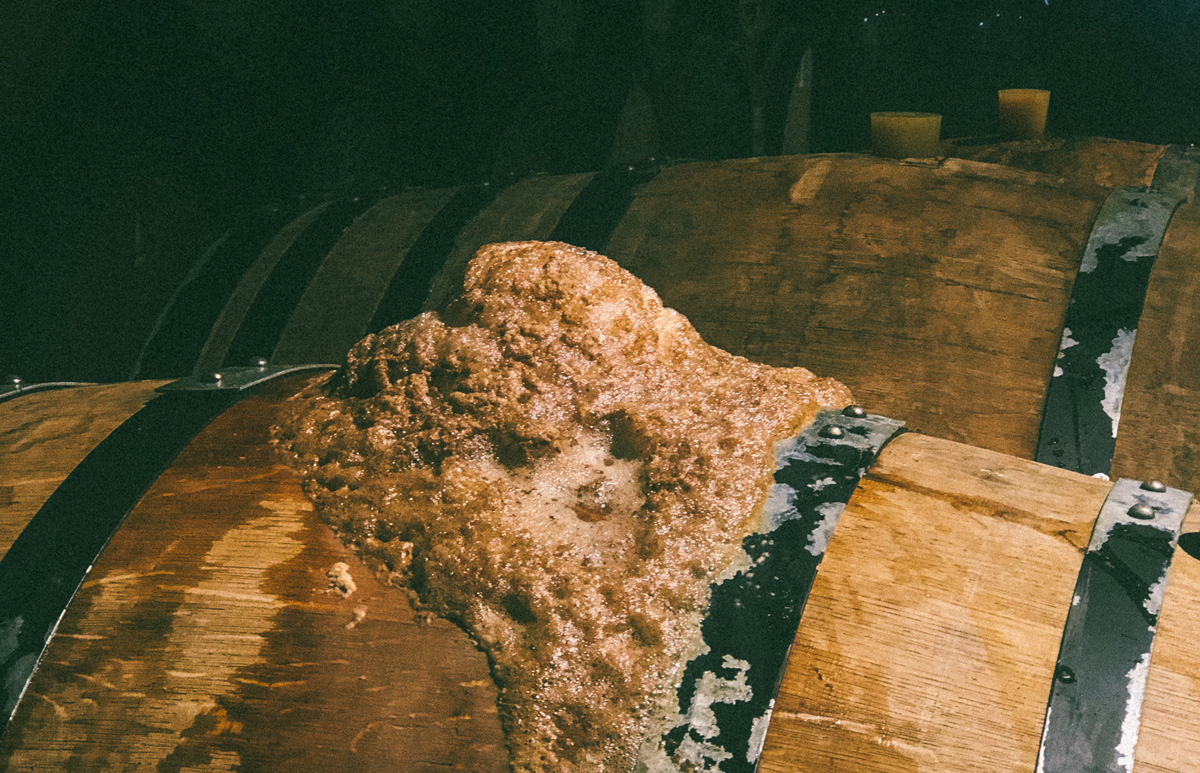
The old, fermenting barrels bubbling in the basement are aged and mixed to create the sour, flat Lambic beer which serves as the base for all of their beers.
A blend of young and aged Lambic creates the Geuze. Meanwhile, Kriek beer is Geuze infused with real fruit and fermented again, bringing back carbonation to the brew — it is like a blend of wine and beer.
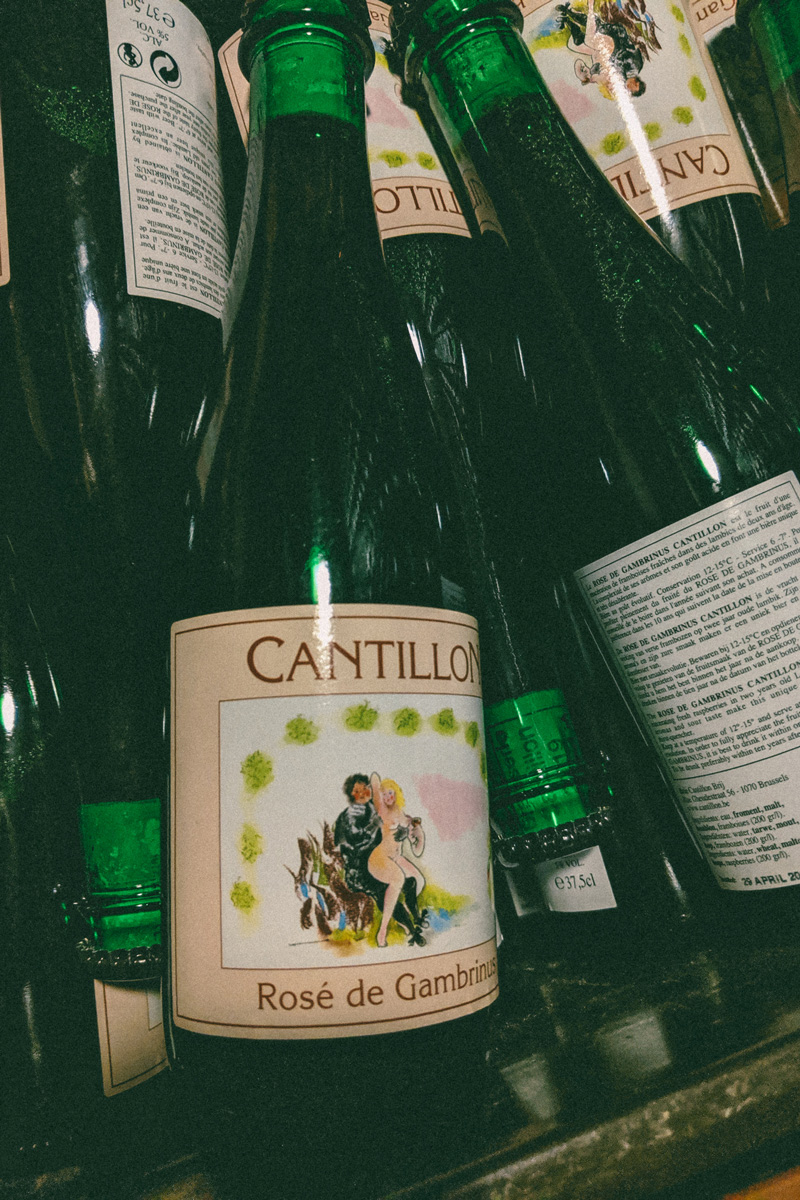
The tour of the Museum and brewhouse, as well as the tasting was a highlight, bringing culinary and cultural understanding about what makes the city of Brussels unique outside of the Art Nouveau architecture by Victor Horta and, of course, the amazing seafood.
People always talk about Belgian beer. The variety, the sours, the craftsmanship — why?
We went to Cantillon brewery, a facility that is equal parts 18th century historic building, museum, and operating brewery to find out.
It is one of the few remaining breweries in Belgium that still brews “Lambic”, “Kriek” and “Geuze” beers the traditional way.
Interestingly, they do not add yeast. The yeast is baked into the wooden beams above the cooling vat and the ventilation circulates it into the beer.
The old, fermenting barrels bubbling in the basement are aged and mixed to create the sour, flat Lambic beer which serves as the base for all of their beers.
The old, fermenting barrels bubbling in the basement are aged and mixed to create the sour, flat Lambic beer which serves as the base for all of their beers.
A blend of young and aged Lambic creates the Geuze. Meanwhile, Kriek beer is Geuze infused with real fruit and fermented again, bringing back carbonation to the brew — it is like a blend of wine and beer.
